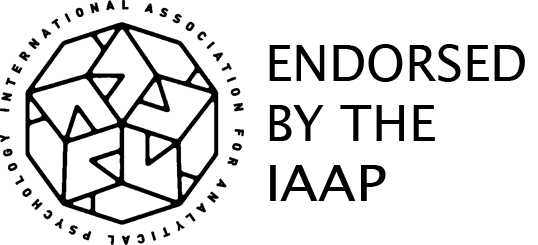Applying Carl Jung’s Analytical Psychology to Education and Vocational Counseling of School-to-Work Transition for Adolescents with Autism/ASD, Asperger’s Syndrome, and ADHD/ADD
This paper is about applying Carl Jung’s theory of Analytical Psychology to education and vocational counseling of school-to-work transition for adolescents with Autism/ASD, Asperger’s Syndrome, and ADHD/ADD through creativity, culture, religion, and spirituality with an emphasis on Hellenic (Greek) Studies.
Two examples will be offered from the author’s experience:
- teaching Greek Studies at New York City Greek parochial schools, including Modern Greek as a Second Language, history, mythology, geography, and religion along with showcases for major Greek national and religious holidays utilizing music, dance, acting, and poem recitation; and
- an internship in vocational rehabilitation counseling for school-to-work transition at a private secondary special education school (Middle and High School) in Brooklyn, where both ABA (Applied Behavior Analysis), the mainstream technique used in U.S. special education, will be compared with Jungian creative interventions along with the vocational assessment for adolescents transitioning from school to work.
In this paper, evidence is explored that supports the use of Jungian creative and expressive interventions for alleviating emotional disturbances. Emotional Disturbance is a non-clinical, umbrella term used in special education that refers to a cluster of clinical disorders that share in common emotional problems that may interfere with learning and classroom management (e.g., Attention Deficit Hyperactivity Disorder, Autistic Spectrum Disorders). Creativity as an intervention appears to be most effective with persons at higher cognitive functioning levels. Therefore, Asperger’s Syndrome will be a primary focus of attention.
Using creative arts and new means of expression, persons with Asperger’s Syndrome have partially or even fully recovered from a variety of symptoms (e.g., inattention, fidgeting, aggression, tantrums, echolalia, echopraxia, circling, repeating, and ritualistic behaviors). These individuals are capable of understanding the deeper underlying mechanisms that cause unwanted behaviors. Thus, interventions such as dream interpretation and active imagination expressed through creative arts can be customized to individual needs. The result is greater individuation, allowing these students to be themselves and speak for themselves.
Case conceptualizations are included in the application sections of this monograph.


